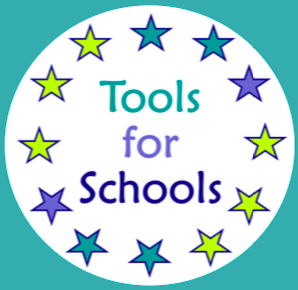



Students who struggle with attention, hyperactivity or impulsivity may struggle to have insight or reflect without your support. This strategy will guide you to help your student reflect on difficult situations and plan to do something differently next time
Reflecting on past experiences requires a lot of mental juggling, thinking about what you did, why, how you felt and what the ideal outcome would have been. Children may need extra help to draw this out- and having physical records of this can help scaffold them to remember and make better decisions next time!